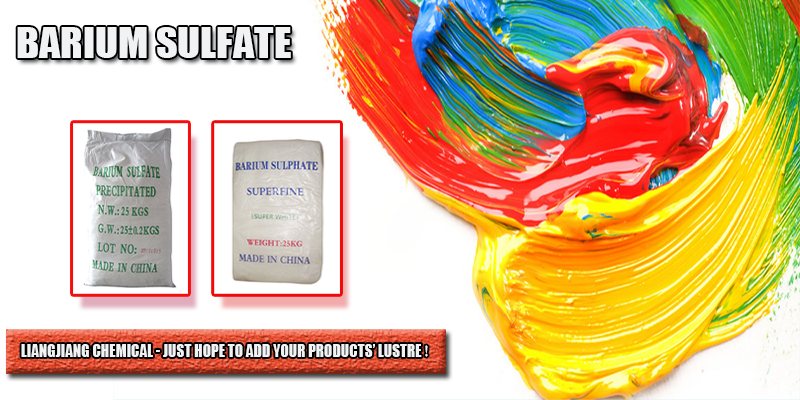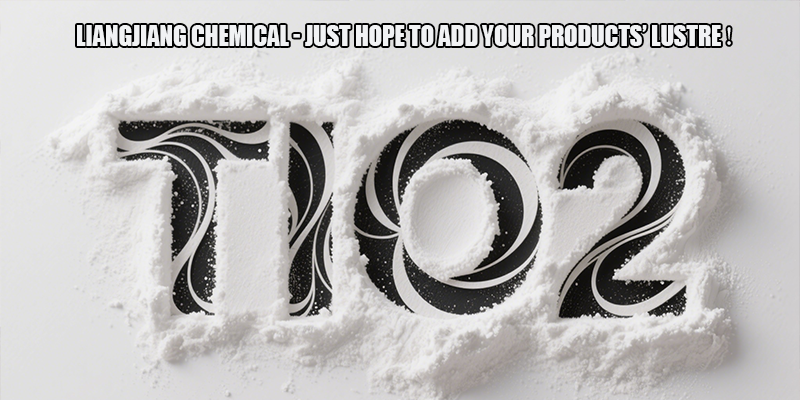Titanium dioxide R&D and supply.
Apr 19,2025
In recent years, the significant fluctuations in titanium dioxide (TiO₂) prices have become a major challenge for downstream industries such as coatings and plastics. As a crucial raw material in these sectors, TiO₂ price volatility directly affects production costs and profitability.
1. Reasons for TiO₂ Price Fluctuations
The primary factors contributing to TiO₂ price fluctuations include:
Rising Raw Material Costs: Increases in the prices of raw materials like titanium concentrate directly lead to higher production costs for TiO₂.
Environmental Policy Impacts: Stricter environmental regulations globally have led to shutdowns or reductions in production by some TiO₂ manufacturers, affecting market supply.
International Trade Disputes: Anti-dumping investigations and tariff policies in regions like Europe have added uncertainty to the international TiO₂ market.

2. Impact on Downstream Industries
The fluctuations in TiO₂ prices affect downstream industries in several ways:
Increased Production Costs: Higher TiO₂ prices directly raise the raw material costs for coatings and plastics manufacturers, compressing profit margins.
Product Price Increases: To cope with cost pressures, companies often pass on the increased costs to end customers, leading to higher product prices and potentially affecting market demand.
Intensified Market Competition: Some small and medium-sized enterprises may exit the market due to the inability to bear cost pressures, leading to increased industry concentration and changes in market competition dynamics.

3. Strategies to Mitigate Impact
To address the challenges posed by TiO₂ price fluctuations, downstream enterprises can adopt the following strategies:
Optimize Formulations: Adjust product formulations to reduce TiO₂ usage, thereby lowering production costs.
Diversify Procurement Sources: Seek multiple supply channels to reduce dependence on a single supplier and mitigate supply risks.
Enhance Inventory Management: Plan inventories effectively to avoid overstocking or shortages due to price fluctuations.
Monitor Policy Changes: Stay informed about changes in environmental and international trade policies to adjust production and procurement strategies promptly.

4. Conclusion
TiO₂ price fluctuations have a profound impact on the profit margins of downstream industries. Enterprises need to strengthen market analysis and adjust strategies flexibly to cope with the complex and changing market environment. Simultaneously, governments and industry associations should enhance policy guidance and support to promote healthy industry development.